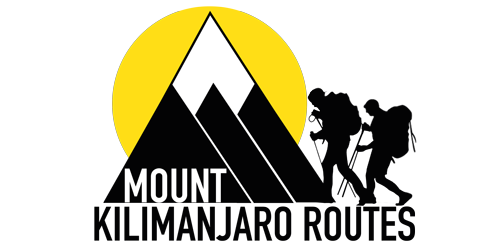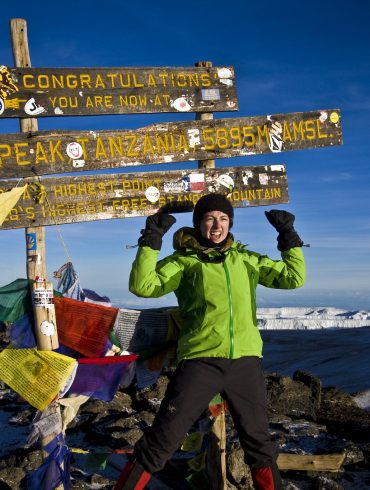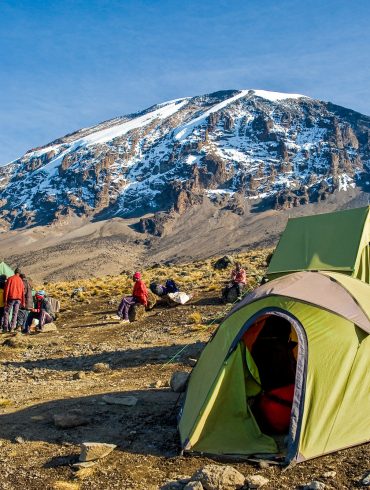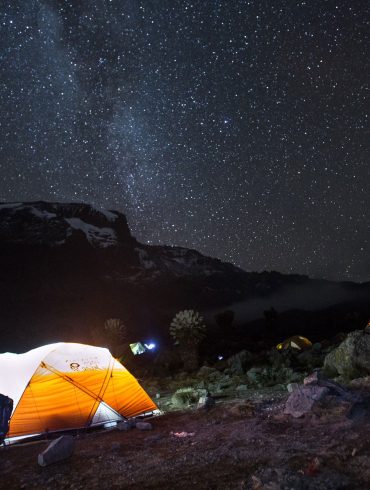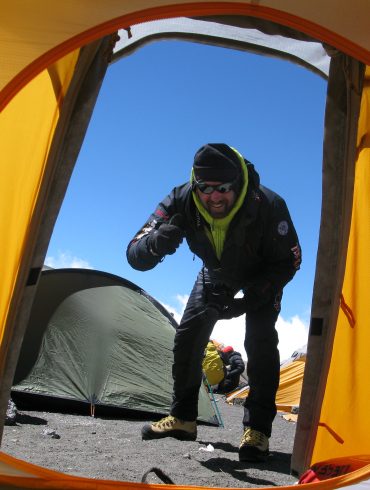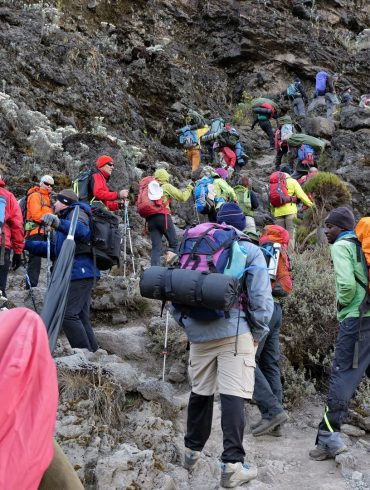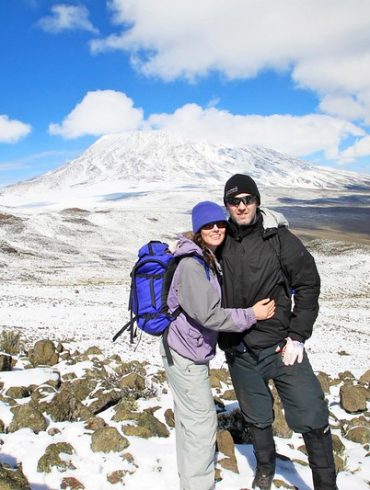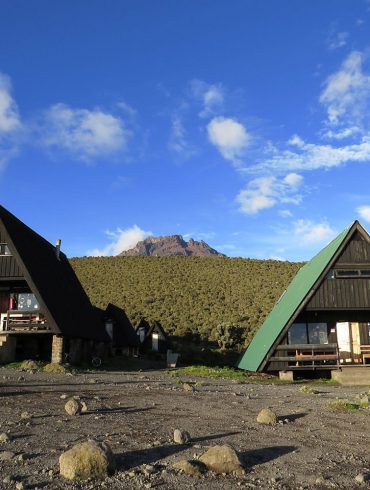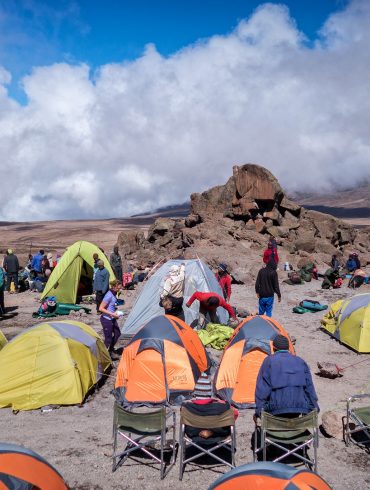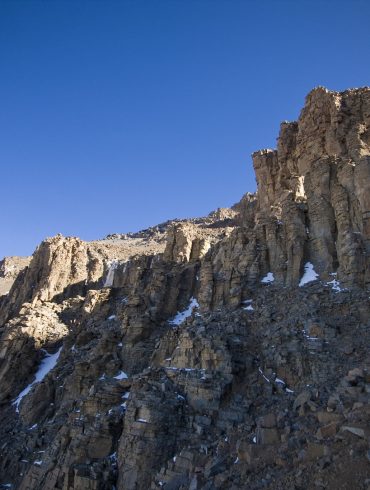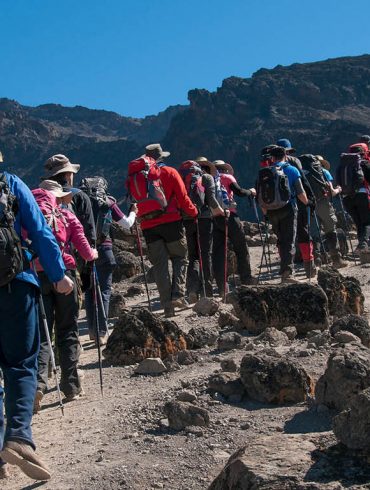Which is the easiest route on Mount Kilimanjaro?
To various people, the word “easy” has varied connotations. The difficulty of climbing Kilimanjaro is almost the same. As a result, we concentrate on two factors: daily walking time and ascent. The Machame Route, which takes 7 days and has the least amount of trekking per day of all the routes, is your best choice for an easy journey. The advantage of “climb high, sleep low” is also a plus. Continuous altitude acclimation is greatly aided by this. The 8-day Lemosho Route, on the other hand, is your best option if you are more concerned about the ascents than the quantity of walking. To begin with, this path has the least amount of climb. Because it’s a longer route, there’s much to see and do.
To begin with, this path has the least amount of climb. Because it is a longer route, it provides enough opportunity for acclimatization.
What are the main differences between Mount Kilimanjaro routes?
The length, duration, difficulty, scenery, altitude profile, accessibility, and (lack of) amenities of the routes on Kilimanjaro vary. The more popular a route is, the higher it ranks on all of these factors. Popularity is beneficial if you want to share your climbing experience with a large group of people and create a lot of new acquaintances. It’s also ideal if you’re searching for a low-cost climbing experience. If you’re seeking peace and wilderness, the most popular routes might not be the greatest option.
How much does it cost to climb Kilimanjaro with the Machame Route?
The Machame route, which takes seven days to climb Kilimanjaro, is the most popular. As a result, there are several open-joining group excursions available. As a result, the Machame Route is one of the most cost-effective choices, particularly for solo travelers.
Which is the shortest route to climb Kilimanjaro?
In terms of distance, the 5-Day Umbwe route is the quickest way to climb Kilimanjaro. It is the shortest and most direct route to Uhuru Peak. The 5-Day Rongai Route, on the other hand, maybe completed in the same length of time. In addition, the Marangu route may be completed in 5 days. However, don’t confuse short with easy; on Kilimanjaro, the reverse is true. You must still overcome almost the same height difference as on any other path. The steeper the slope and the less time you have to acclimate to the high altitude, the shorter the journey is. Only pre-acclimatized or highly fit climbers who are confident in their ability to acclimate to high altitude should choose a short route.
Which is the most challenging Kilimanjaro route for ultimate adventurers?
If you’re searching for a hard Kilimanjaro route and a thrilling journey away from the masses, the following routes and itinerary variants may provide you with precisely the type of one-of-a-kind experience you’re looking for: Combine your Kilimanjaro climb with an overnight stay in Crater Camp, where you’ll sleep next to one of the mountain’s last glaciers. Scale two of East Africa’s highest peaks in one day by combining your Kilimanjaro climb with a pre-acclimatization climb on Mount Kenya (or Mount Meru). Take on the steep and difficult Umbwe Route or the 5-day Rongai Route for a 5-day speed ascent.
Due to the risk of rockfall and increased risk of altitude sickness, we do not advocate using the so-called Western Breach shortcut to the top.
Which is the most dangerous hiking route on Mt Kilimanjaro?
The most hazardous of all the roads is Umbwe. This is due to the fact that it is extremely steep, difficult, and exposed in places. The trail is so steep in certain places that you’ll have to rely on neighboring tree ways to get over. It’s also a short path, so your body won’t have as much time to adjust to the higher altitude. The hazards are compounded by the fact that some operators will even take you across the Western Breach on this route, putting you at risk of falling boulders and injuries. As a result, this should only be attempted by experienced climbers who are used to high-altitude hiking.
Despite the fact that the Western Breach may be incorporated in alternative itineraries, we strongly advise against it. Due to melting glaciers above it, it is one of the most dangerous areas on Mount Kilimanjaro as a steep slope in the west of Kibo cone. Glaciers discharge rocks as they melt. When climbing the Western Breach, even with a well-trained and experienced guide, the risk of death from rockfall cannot be completely avoided.
Which is the best Kilimanjaro route during rainy season?
Climbing during the dry season and avoiding the rains as much as possible is strongly recommended for the great majority of climbers. If you are used to severe weather and the outdoors, though, you may have your own reasons for preferring to climb during the wet season, one of which is to avoid the crowds.
When climbing during the rainy season, try to limit your exposure to the rain as much as possible, and keep dry at camp at all times. If you want to know what the finest Kilimanjaro routes are during the rainy season, here are some alternative routes and options:
